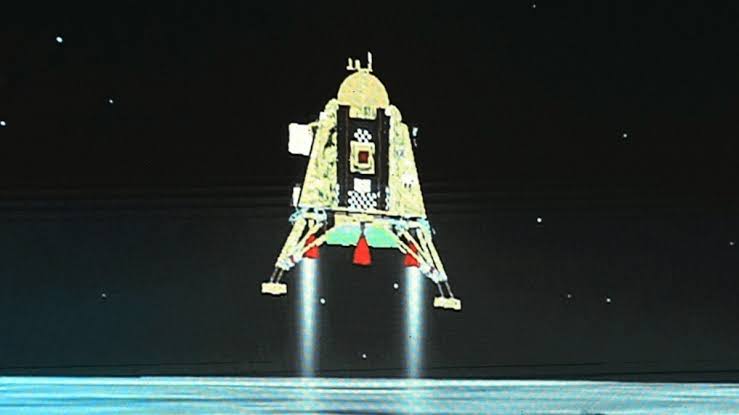Chandrayaan 4 & Chandrayaan 5 missions getting ready

ISRO is working full steam on Chandrayaan-4 and Chandrayaan-5 missions to write the next chapter of India’s space journey. These missions will enhance our scientific knowledge and technological capability and also inspire a new generation of Indian scientists and engineers. India continues to push the boundaries of space exploration with its achievements and become a leader on the global stage, reinforcing the nation’s prowess in the quest to unlock the mysteries of the cosmos.
India’s space exploration programme’s are thus going for new heights as the Indian Space Research Organisation (ISRO) sets its sights on two ground breaking lunar missions: Chandrayaan-4 and Chandrayaan-5.
ISRO Chairman Dr. V. Narayanan during a recent visit to the Central Tool Room and Training Centre (CTTC) in Bhubaneswar, made the announcements underscoring the nation’s commitment to advancing its space capabilities. Chandrayaan-4 marks a significant leap for India, aiming to collect and return lunar surface samples to Prithvi for the first time in the country’s history.
The mission will involve a sophisticated lunar landing, sample collection, and a safe return journey, promising to provide invaluable insights into the Chandrama’s geology and composition. Such a sample return mission not only demonstrates India’s growing technological prowess but also opens new avenues for scientific research and future lunar exploration.
Simultaneously, ISRO is preparing for Chandrayaan-5, a collaborative mission with the Japanese space agency, JAXA. This mission is set to be even more ambitious, with a launch weight of 6,400 kilograms—significantly higher than Chandrayaan-3’s 5,000 kilograms.
One of the standout features of Chandrayaan-5 is its advanced rover, which will weigh 350 kilograms compared to the 25 kilograms of its predecessor. This increase in size and capability will allow the rover to operate for up to 100 days on the lunar surface, a substantial improvement over the previous 14-day operational window. This extended lifespan will enable a more comprehensive exploration and analysis of Chandrama’s surface, providing scientists with a wealth of data to further our understanding of Prithvi’s only natural satellite.
Dr. Narayanan emphasized that these missions are not only technological milestones but also symbols of national pride and progress. He highlighted how each successive Chandrayaan mission has built upon the successes and lessons of its predecessors, with Chandrayaan-3’s historic soft landing near Chandrama’s south pole serving as a springboard for even more ambitious objectives.
The collaboration with JAXA for Chandrayaan-5 also reflects India’s growing stature as a key player in the global space community, fostering international partnerships that will drive innovation and discovery.




